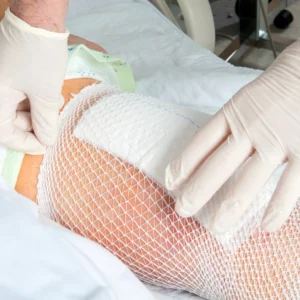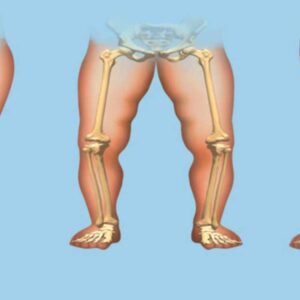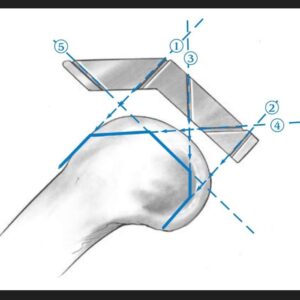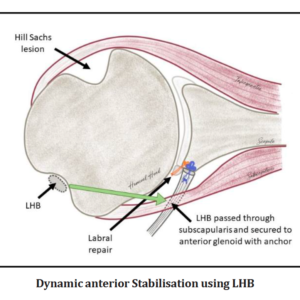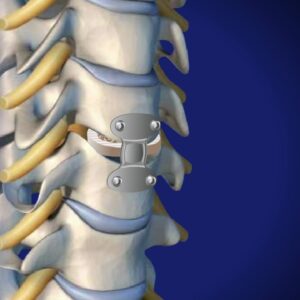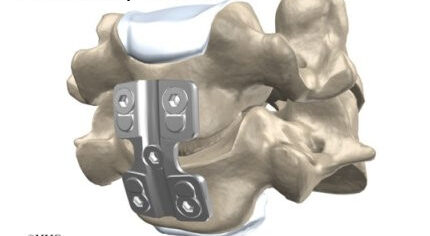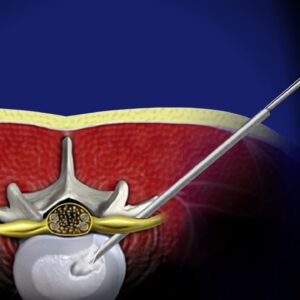Understanding and Preventing Postsurgical Infections
General Advices Patient informationThe Role of Infection Prevention in Surgery One of the most significant advancements in twentieth-century surgery has been the development of strategies to minimize the risk of infection during and after procedures. While every surgical intervention, no matter how minor, carries some level of infection risk, the likelihood varies depending
Understanding and Preventing Postsurgical Infections Read More »

